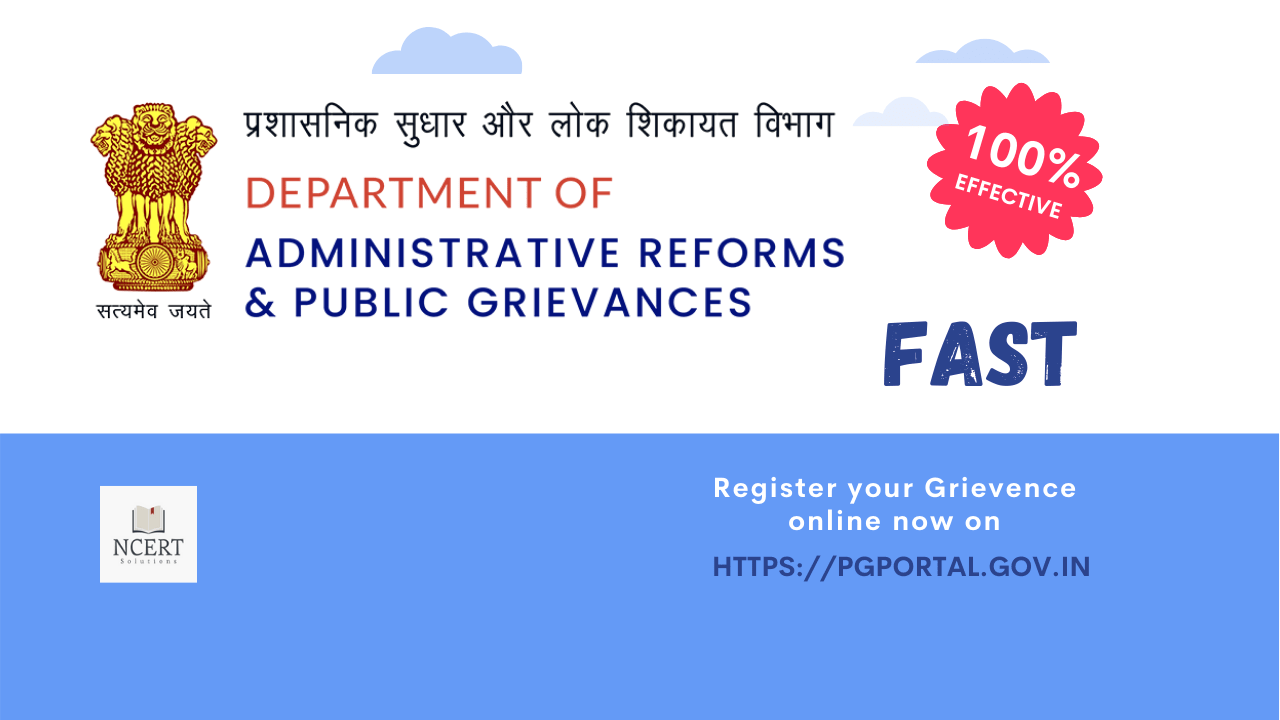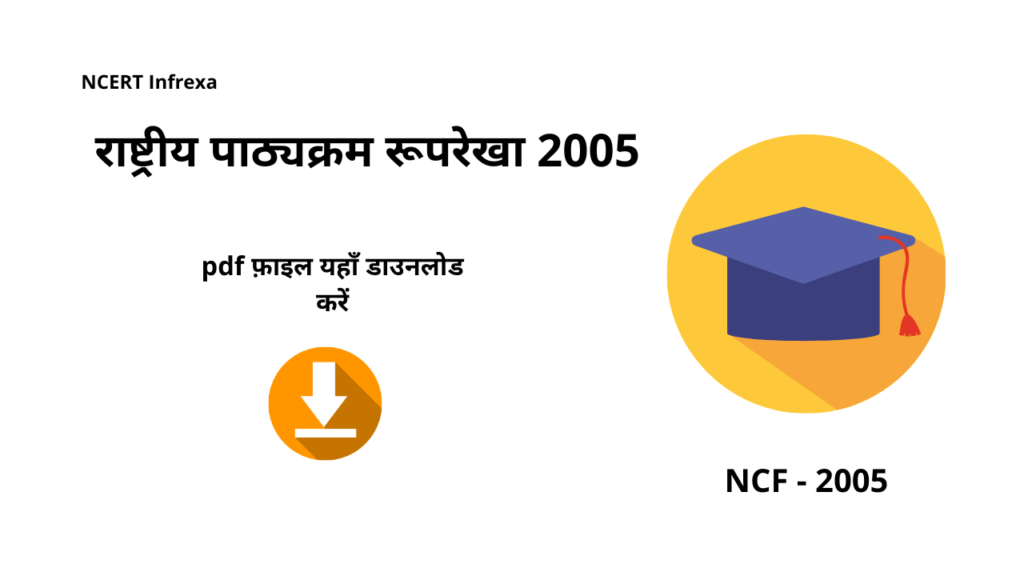The National Curriculum Framework 2005 (NCF 2005), also known as the 4th National Curriculum Framework, was established to enhance the quality of education in India. The implementation process was initiated as part of efforts to reform the education system.
The concept for this framework was first introduced by the National Education Policy of 1986, which highlighted the importance of a structured national curriculum.
Background
Before NCF 2005, there were three previous frameworks: NCF 1975, NCF 1988, and NCF 2000. Due to changing social conditions, a new framework was needed, leading to the development of NCF 2005.
| Full name | National Curriculum Framework 2005 |
| Chairperson | Prof. Yash Pal |
| Published by | National Council of Educational Research and Training (NCERT) |
| Series | 4th National Curriculum Framework |
| Predecessor (s) | NCF 1975, NCF 1988, NCF 2000 |
| Ministry concerned | Union Education Ministry, Gov. of India |
The National Curriculum Framework 2005 introduced significant reforms to align with contemporary educational and societal demands. The purpose of this framework was to provide guidelines for syllabus development, textbook creation, and teaching practices in Indian schools.
Structure
NCF 2005 consists of five chapters, each addressing different facets of the educational framework. These chapters outline the perspective on education, the scope of the curriculum, the role of schools, and the need for systemic reforms to create an inclusive and effective educational environment. You can download the NCF 2005 PDF for more details.
Salient Features of NCF 2005
- NCF 2005 covers all levels of school education, including pre-primary, primary, upper primary, secondary, and higher secondary education.
- 21 focus groups were formed to address different aspects of education.
- The framework is rooted in the Indian Constitution, promoting a secular, egalitarian, and pluralistic society based on social justice and equality.
- Emphasizes understanding over rote learning, encouraging self-study, and exploring the natural and social environment.
- Advocates for inclusive education and curriculum equity.
- Recommends reducing the curriculum burden on students.
- Integrates environmental education with other subjects.
- Promotes a humane, student-friendly evaluation system with a focus on grading.
- Suggests critical pedagogy and emphasizes quality and accountability in education.
- Encourages student participation and nurtures a rich, experiential learning environment.
Objectives of NCF 2005
The National Curriculum Framework (NCF) 2005 was designed with the following key objectives to improve education in India:
- National Integration: National Integration: The framework was designed to promote national unity, sovereignty, and integrity, taking into account the linguistic and religious diversity of the nation.
- Modern Teaching Methods: It recognized the need for updating teaching methods to be more effective. For instance, it suggested using play-based learning for young children to make education more engaging and suited to today’s world.
- Social Relevance: The curriculum was created to meet the needs of society, ensuring that what students learn in school is practical and useful in real life.
- Mental and Intellectual Development: NCF 2005 focused on developing students’ intellectual abilities, preparing them to face future challenges with a strong mental foundation.
- Physical Development: The framework emphasized the importance of physical development by including sports and physical activities in the curriculum, ensuring students grow both mentally and physically.
- Learning Objectives: New learning objectives were introduced to align with the current needs of society, ensuring that education remains relevant and effective.
- Student Interest: The curriculum was designed with the students’ interests in mind, making education more student-centered and according to their levels and preferences.
- All-Round Development: NCF 2005 emphasized the comprehensive development of students, ensuring they grow in all areas—cognitive, physical, and emotional.
- Cultural Development: The framework aimed to nurture Indian culture and promote cultural values among students, helping them appreciate and uphold their heritage.
- Moral Values: A key objective was to instill moral values and principles in students, encouraging a sense of responsibility and understanding of the nation’s democratic values.
Principles
NCF 2005 was guided by eight key principles, which shaped its structure and implementation:
- Humanity Principle: Emphasizes developing human qualities and cooperation among citizens.
- Multicultural Principle: Respects and promotes cultural diversity within India.
- Social Theory: Aligns with social values and needs to achieve educational objectives.
- Unity Principle: Focuses on maintaining national unity, integrity, and secularism.
- Adjustment Theory: Develops students’ ability to adapt to societal changes.
- Utility Principle: Relates the curriculum to real-life situations to prepare students for their futures.
- Interest Theory: Centers the curriculum around students’ interests.
- Ethics Principle: Aims to develop moral values in students, reflecting national and societal ethics.
Advantages
NCF 2005 was designed with the understanding that adolescence is a critical period for social and emotional development. The framework provides the following advantages:
- Preserves the secular character of education.
- Reflects the aims of education as outlined in NPE-1986 and NCF-2005, including areas like art, music, heritage crafts, educational technology, systemic reforms, environmental education, peace education, and rural education.
- Provides guidelines for the healthy growth and development of students across all school stages.
- Recognizes the need to reduce curriculum load as highlighted in the ‘Learning without Burden’ report.
Requirements
Recognizing the importance of curriculum in the teaching-learning process, we can look at the National Curriculum Framework 2005 requirements based on:
- New Curriculum: Incorporates modern ideas to keep pace with technological advancements.
- Linguistic Base: Addresses linguistic challenges in the Indian education system.
- Interest: Focuses on the changing interests of students and making education more effective.
- Moral and Human Values: Emphasizes the development of moral and human values in students.
- Curriculum Development: Updates the curriculum to align with current educational objectives.
- Educational Objectives: Adapts to the changing needs of society and ensures the curriculum reflects current educational goals.
Recommendations of NCF 2005
To achieve its objectives, NCF 2005 introduced several key recommendations:
- Develop constitutional values.
- Implement continuous and comprehensive evaluation (CCE).
- Incorporate games and co-curricular activities.
- Link education with life and make learning enjoyable.
- Provide teacher training.
- Tailor education to the students’ levels.
- Offer employment-oriented education.
- Enhance English language proficiency alongside the mother tongue.
- Eliminate the fear of exams.
Conclusion
The National Curriculum Framework 2005 is a pivotal step in transforming the Indian education system. By promoting “Learning without Burden,” it aims to protect children from excessive stress and make the learning process more enjoyable and meaningful. NCF 2005 not only reinforced the importance of teachers but also ensured that students were prepared to meet the challenges of life with creativity, resilience, and a strong sense of social responsibility.




